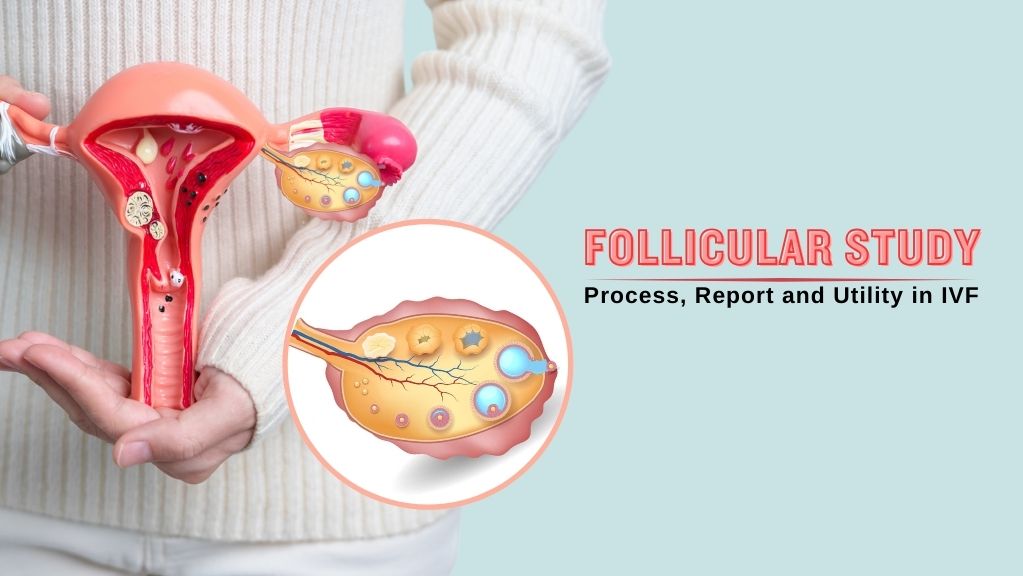
Follicular Monitoring
About the Treatment
Follicular Monitoring is the process of serial ultrasound monitoring of the ovarian follicles used to identify eggs’ maturation status. It is useful for assessing the size of the follicle that supports the growing egg and for determining the thickness of the uterine lining. In women taking fertility medication, follicle monitoring is essential to assess her response to treatment. In order to safely proceed, it is crucial to know how many eggs will ovulate and how high the estradiol level is. Each mature egg should produce between 150 and 200 pg/ml of estradiol.
Therefore, by using the hormone levels in conjunction with the ultrasound exam, a more accurate determination of a woman’s response to treatment can be made. During IUI and IVF cycles, while the woman is on medication for ovulation induction, the follicular growth must be monitored by ultrasonography. Transvaginal ultrasonography (TVS) is used for follicular Monitoring. During the cycle, a TVS is usually done on day1 (baseline) and then repeated on day4/5, day8/9, and day11.
This helps monitor the number and size of the follicles, determine the day of the trigger injection (for rupturing the egg), the day of the egg retrieval for IVF, and IUI.

